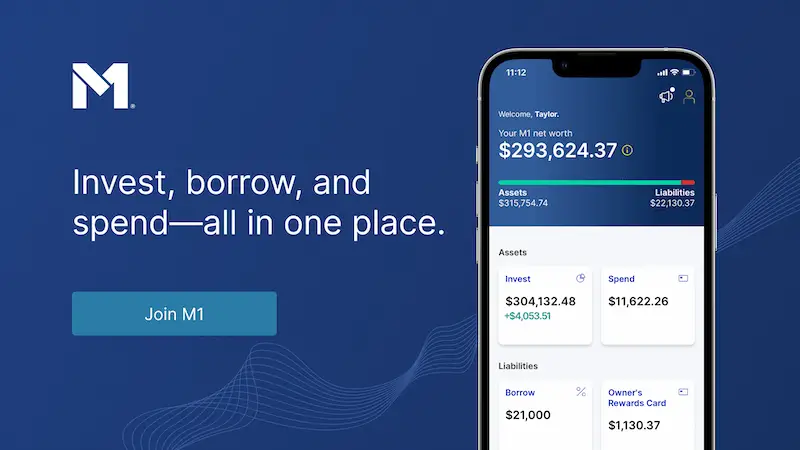VTV and VOOV are two ETFs from Vanguard to capture U.S. large cap value stocks. But which one is better? Let's compare them.
In a hurry? Here are the highlights:
- VTV and VOOV are two popular index funds from Vanguard for U.S. large cap value stocks.
- VTV is much more popular with about $100 billion in assets. VOOV has a tiny fraction of that.
- VTV seeks to track the CRSP US Large Value Index. VOOV seeks to track the S&P 500 Value Index.
- Factor exposure and performance have been close enough to not objectively prefer one over the other.
- VTV is cheaper with a fee of 0.04%, compared to 0.10% for VOOV, and conveniently also has greater liquidity and a lower P/E ratio.
- This is a good pair for tax loss harvesting.
If you've arrived on this page, you probably already know that stocks are a significant driver of portfolio performance, that value stocks have greater expected returns than growth stocks, that index funds are a great way to access them, and that Vanguard has some of the best, cheapest index funds around. Here we'll look at two ETFs for U.S. large cap value stocks, VTV and VOOV.
First let's talk about VTV. It's the Vanguard Value ETF. The fund launched in 2004, has about $100 billion in assets, and seeks to track the CRSP US Large Value Index. These are large cap value stocks which comprise roughly half of the famous S&P 500.
These stocks include household names like Johnson & Johnson, Exxon Mobil, and Procter & Gamble, which are present in both funds being discussed here. At the time of writing, value stocks are looking comparatively very cheap compared to growth stocks. Historically, this has reliably forecasted a period of value's outperformance.
Now let's talk about VOOV. It's the Vanguard S&P 500 Value ETF. This fund launched later in 2010, is much less popular with only about $3 billion in assets, and seeks to track the S&P 500 Value Index. As the name suggests, these are value stocks from the S&P 500 index.
As such, VTV and VOOV capture the exact same market segment, albeit with different indexes. For all intents and purposes, these funds should be considered interchangeable. The primary difference between them is that VOOV has to pay to license the Standard and Poor's name and thus has a higher fee of 0.10%, compared to 0.04% for VTV.
In some cases with pairs like these, we might expect to get a little more bang for our buck with the usual profitability screen from the S&P index, but in this case the CRSP index that VTV uses is no slouch, and employs some EPS and earnings filters. Consequently, factor exposure is close enough between these two to not objectively prefer one over the other. Their subsequent historical performance has also been extremely close.
As a result, I think it's reasonable to simply go with the lower fee of VTV. This is true for both the long term investor and the day trader, as VTV also has comparatively greater liquidity than VOOV. Conveniently, VTV also has a lower P/E ratio – a valuation measure where lower is better – than VOOV.
These would also obviously make a good pair for tax loss harvesting.
Conveniently, both of these funds should be available at any major broker, including M1 Finance, which is the one I'm usually suggesting around here.
Do you own VTV or VOOV in your portfolio? Let me know in the comments.
Disclosure: None.
Disclaimer: While I love diving into investing-related data and playing around with backtests, this is not financial advice, investing advice, or tax advice. The information on this website is for informational, educational, and entertainment purposes only. Investment products discussed (ETFs, mutual funds, etc.) are for illustrative purposes only. It is not a research report. It is not a recommendation to buy, sell, or otherwise transact in any of the products mentioned. I always attempt to ensure the accuracy of information presented but that accuracy cannot be guaranteed. Do your own due diligence. I mention M1 Finance a lot around here. M1 does not provide investment advice, and this is not an offer or solicitation of an offer, or advice to buy or sell any security, and you are encouraged to consult your personal investment, legal, and tax advisors. Hypothetical examples used, such as historical backtests, do not reflect any specific investments, are for illustrative purposes only, and should not be considered an offer to buy or sell any products. All investing involves risk, including the risk of losing the money you invest. Past performance does not guarantee future results. Opinions are my own and do not represent those of other parties mentioned. Read my lengthier disclaimer here.

Are you nearing or in retirement? Use my link here to get a free holistic financial plan and to take advantage of 25% exclusive savings on financial planning and wealth management services from fiduciary advisors at Retirable to manage your savings, spend smarter, and navigate key decisions.


Pretty weird that vtv doesn’t have a lower expense ratio
It does.
Spyv is probably better than either
Maybe, but probably not. SPYV tracks the same index as VOOV. Its factor loadings have been basically identical to these two historically and it has a higher P/E than VTV.